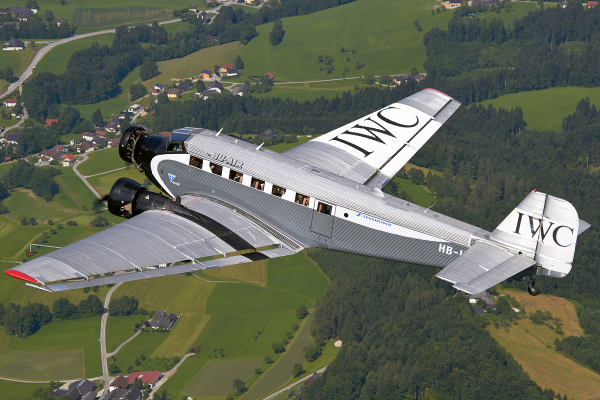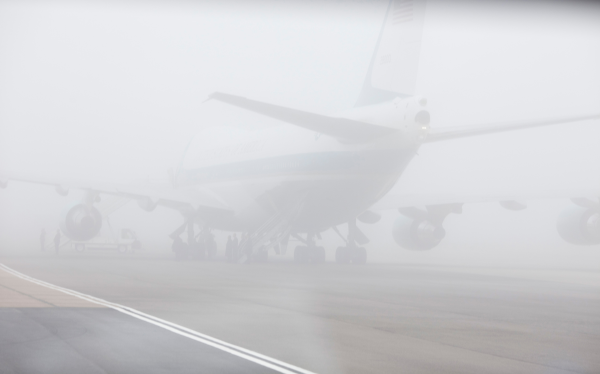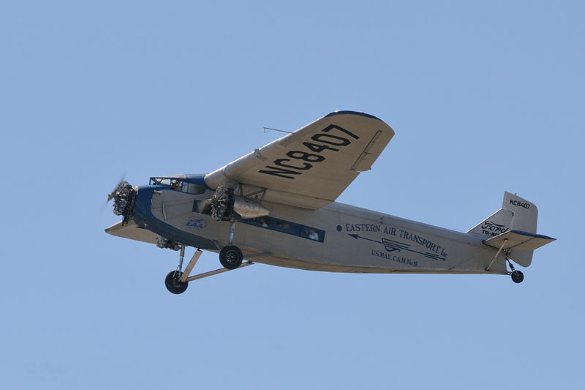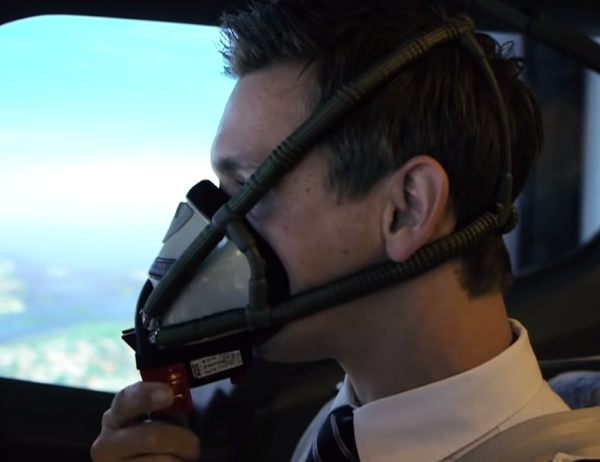The Junkers Ju 52 was an early tri-motor transport plane known primarily for its use by Germany during World War 2. However, it was initially designed as a passenger and cargo aircraft, and it served in almost every role during the war. From carrying civilian passengers and Nazi paratroopers, to bombs, cargo, and even minesweeping Read More…
Blog
Runway Visual Range (RVR) Explained
RVR stands for Runway Visual Range and is the most accurate observation method used in determining how far a pilot will be able to see horizontally down the runway. Why Does Visibility Matter So Much? Pilots need to know what the visibility is at an airport for a variety of reasons. Visual pilots need to Read More…
Retractable Landing Gear Explained
Even the Wright Brothers knew that planes needed some way to reduce friction while on the ground to enable roll out and flight. The easiest solution for this problem are wheels that are low enough to keep the propeller from impacting the ground while the plane is taking off or landing. The earliest planes had Read More…
Ford Trimotor: 10 Fast Facts
The Ford Trimotor was one of the first large passenger planes, and proved its worth with its simplicity, ruggedness, and reliability. Nicknamed the “Tin Goose,” the Trimotor first flew in 1925, and served in constant use for over 60 years. For such a limited production run, the Ford Trimotor has a lot of interesting facts Read More…
4 Types of Hypoxia Explained
There are many physiological factors to consider as a pilot, and one in particular can be as insidious as it can be deadly: Hypoxia. Hypoxia is medical jargon for “lack of oxygen.” While the cells in our body can die without enough oxygen, the most immediate threat is the effect Hypoxia has on the brain Read More…





